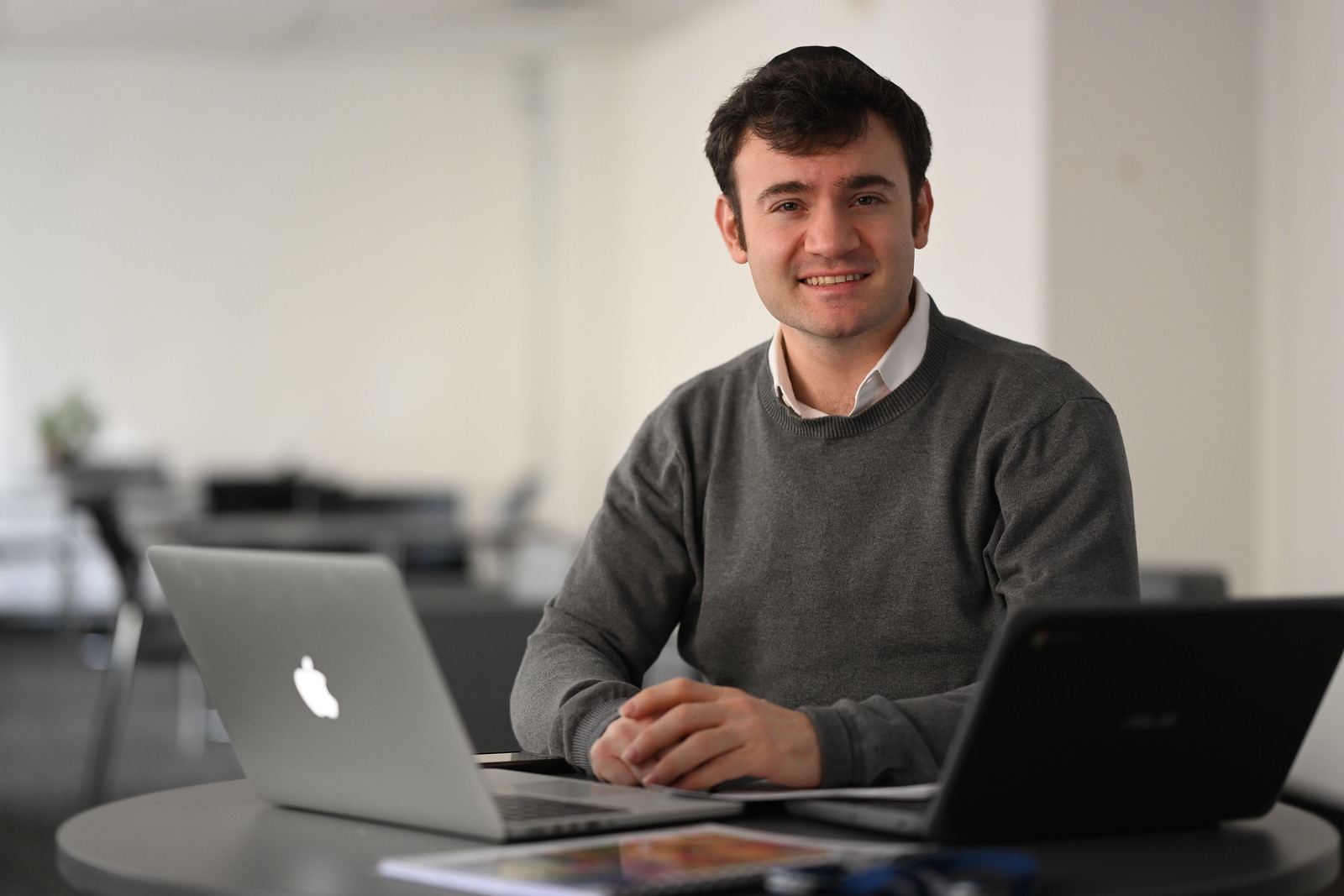Mapping the Journey From Crisis to Recovery
Healing After Suicide Attempt Studied in New Research by Touro Professor

Recovering from an attempted suicide may require moving through a series of three stages, according to new research published this month in the journal Archives of Suicide Research. This new model for recovery could change the way people who have attempted to take their own lives learn to find meaning in their lives again.
"So often, suicidal individuals feel this pressure to be 'fixed,' and if they're not, they're a failure," said Dr. Yosef Sokol, PhD, lead author of the new research, and a Touro University School of Health Sciences professor in the School's Doctorate of Psychology in Clinical Psychology program.
"Our extensive analysis of the research on recovery shows that it is better thought of as a journey with stages that people pass through as they move from crisis to recovery."
The new study shows that the slow process of putting one's life back together after a suicide attempt tends to follow a common three-stage path: precontemplation, contemplation, and active growth.
- Precontemplation. This is the early phase, where people don't see recovery as possible or meaningful. They may feel trapped in an overwhelming situation with no ability or coping skills to lift them out.
- Contemplation. There is growing awareness and consideration of the possibility of recovery and change. It’s a murky phase where they start to disengage from suicidal thoughts and start to see glimpses of their meaningfulness to others.
- Active Growth. Individuals begin to take small steps forward. Little by little, people develop new coping skills, strengthen their relationships, and rediscover a sense of meaning and purpose.
“This last stage becomes the foundation for their unique life worth living. They continue to work within this stage to maintain their growth as challenges occur," said Dr. Sokol.
The new model draws on the Transtheoretical Model of Change, a framework to understand how people overcome addiction. That model outlines five stages that people pass through on the way to lasting change: precontemplation, contemplation, preparation, action, and maintenance.
It also builds on Dr. Sokol's prior research developing the COURAGE model, which outlines seven key components of a thriving life after suicidal despair: choosing life, optimizing identity, understanding oneself, rediscovering meaning, acceptance, growing connectedness, and empowerment.
"We often think of recovery as this monumental, binary thing — either you're 'cured' or you're not," said Dr. Sokol. "We want people to know that recovery is a process, and it looks different for everyone. But it is absolutely possible to find meaning and hope again,” said Dr. Sokol.
Each year, over 1.6 million Americans attempt to take their own lives. The research team hopes this work will lead to better support for recovery after a suicide crisis that is based on the person's own stage of recovery and their unique recovery needs.
"The recovery process is long and hard, but the stages move forward. There is always hope for those who know where to look." said Dr. Sokol.
There is help available for those experiencing crisis. In the U.S., call or text 988 for the Suicide and Crisis Lifeline-- free confidential, and available 24/7. For international resources, visit the International Association for Suicide Prevention's website at https://www.iasp.info/resources/Crisis_Centres/.

